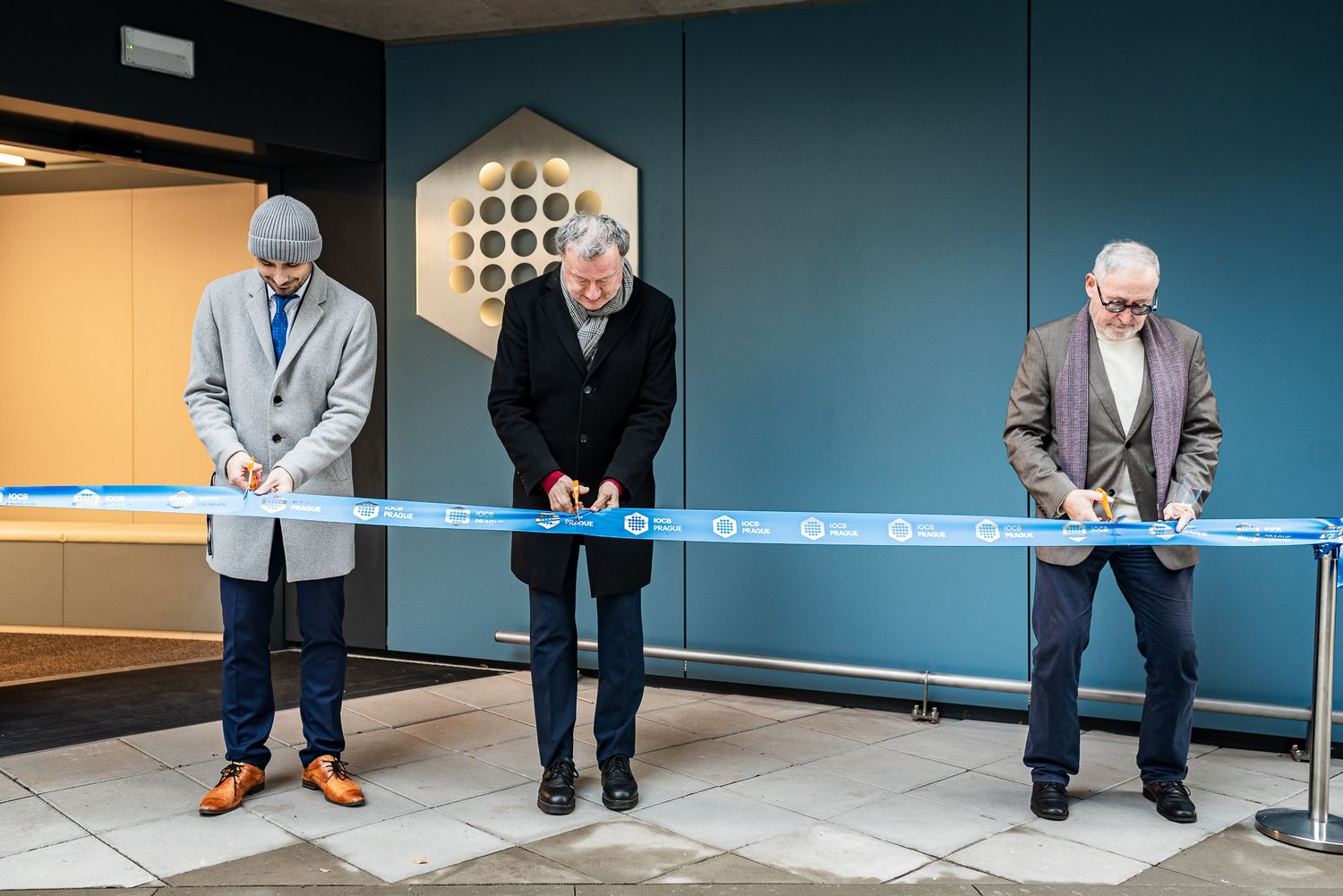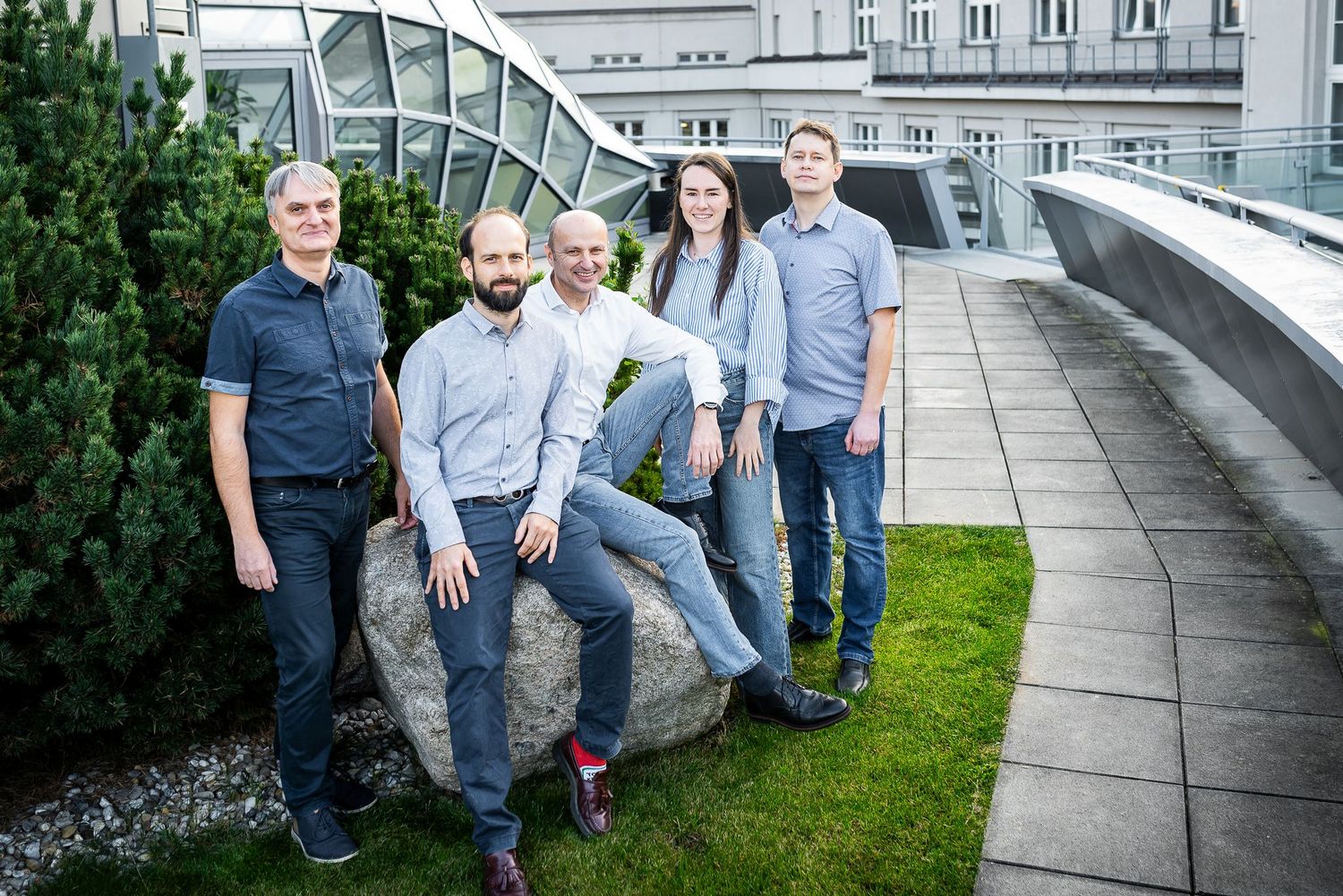
Scientists led by Jiří Jiráček from IOCB Prague and Jiří Nováček from CEITEC, Masaryk University, in collaboration with colleagues from the University of York, isolated and investigated the insulin secretory granules from mouse cells under near-native conditions.
Previous in vitro studies have led to an assumption that high insulin and zinc (II) ions concentrations inside the insulin secretory granules should lead to insulin crystallization in the form of zinc (II)-stabilized hexamers. However, the structural features of the storage forms of insulin in native preparations of secretory granules are unknown because of their small size, fragile character, and difficult handling.
Employing cryo-electron microscopic (Cryo-EM) techniques, the researchers detected two crystalline forms within the secretory granules. The minor one corresponded well to the hexameric insulin crystals with four zinc (II) ions. The major lattice form, with almost twice the length of the c-axis, indicates the presence of higher oligomeric packing of insulin forms.
The published results clearly confirmed previous assumptions that stored insulin is present in the cell in crystalline form. The data analysis provided unambiguous details on the in cellulo insulin crystal lattice parameters, and its hexamer packing, which were characterized in the most native experimental conditions to date.

Read the paper: Asai. S.; Moravcová, J.; Žáková, L.; Selicharová, I.; Hadravová, R.; Brzozowski, A. M.; Nováček, J.; Jiráček, J. Characterization of insulin crystalline form in isolated β-cell secretory granules. Open Biol. 2022, 12, 220322. https://doi.org/10.1098/rsob.220322






